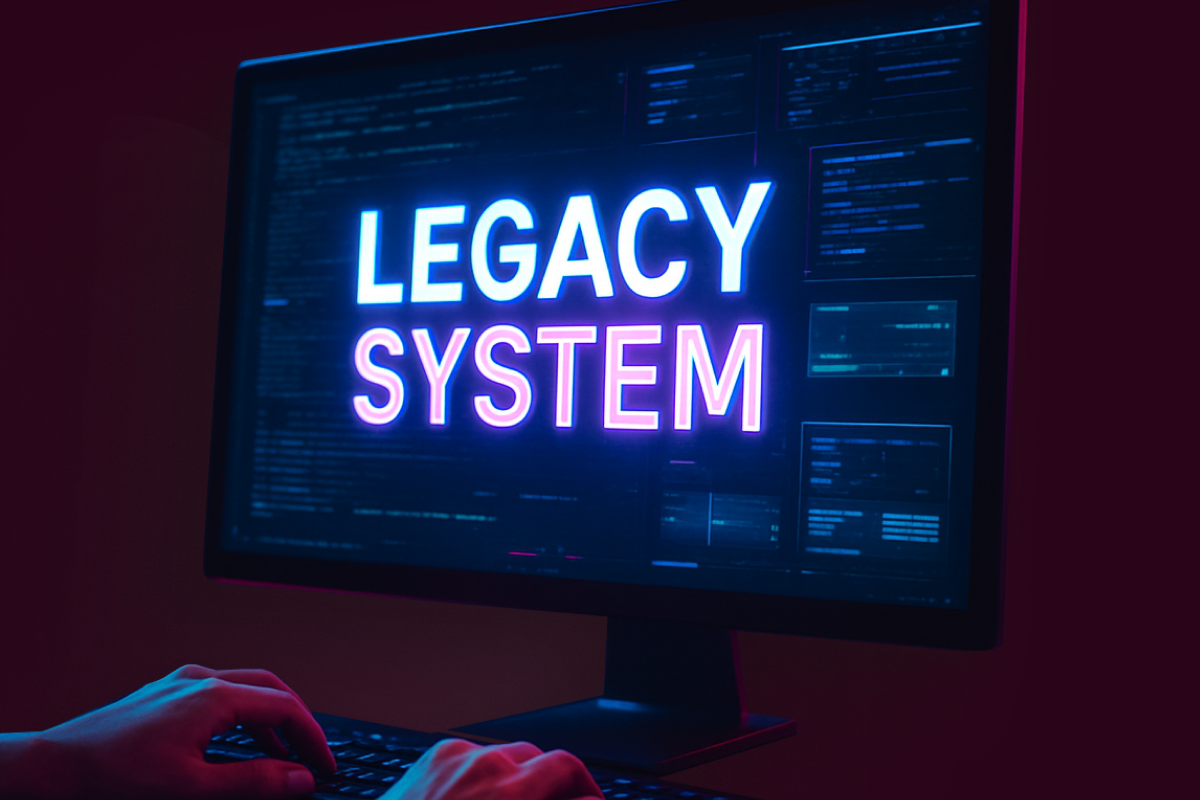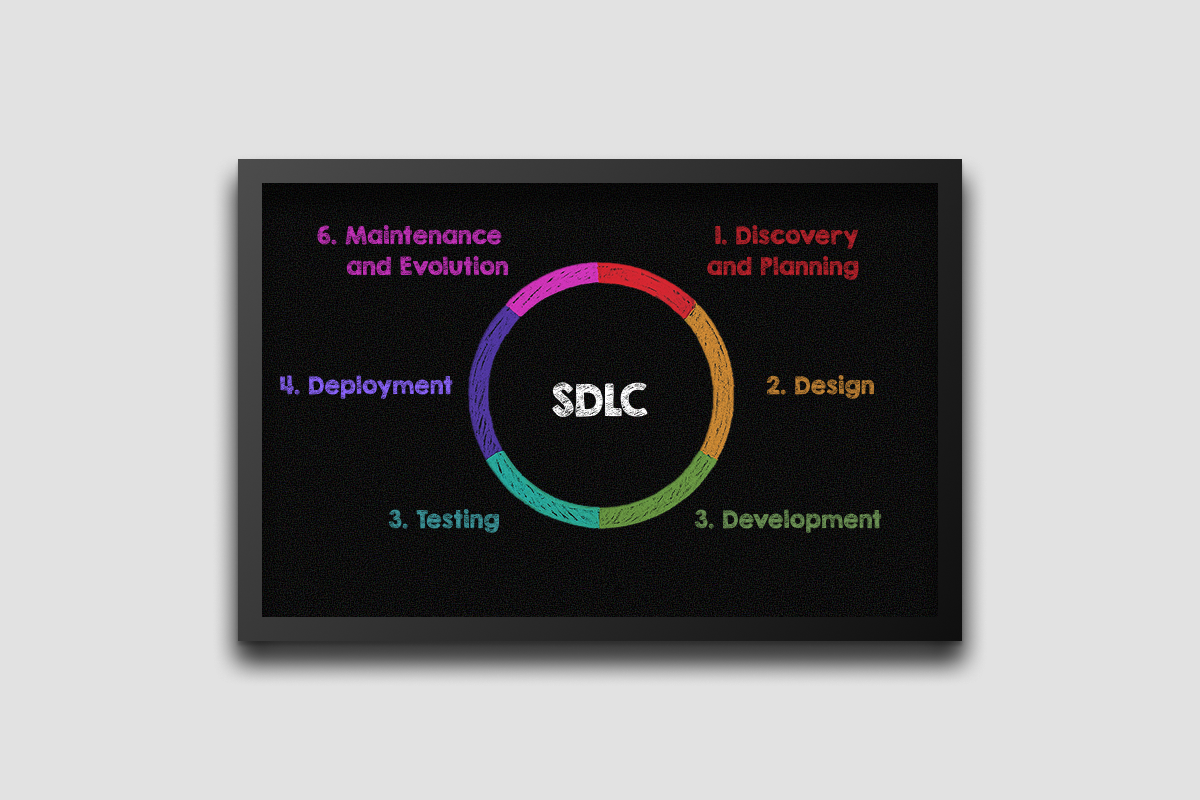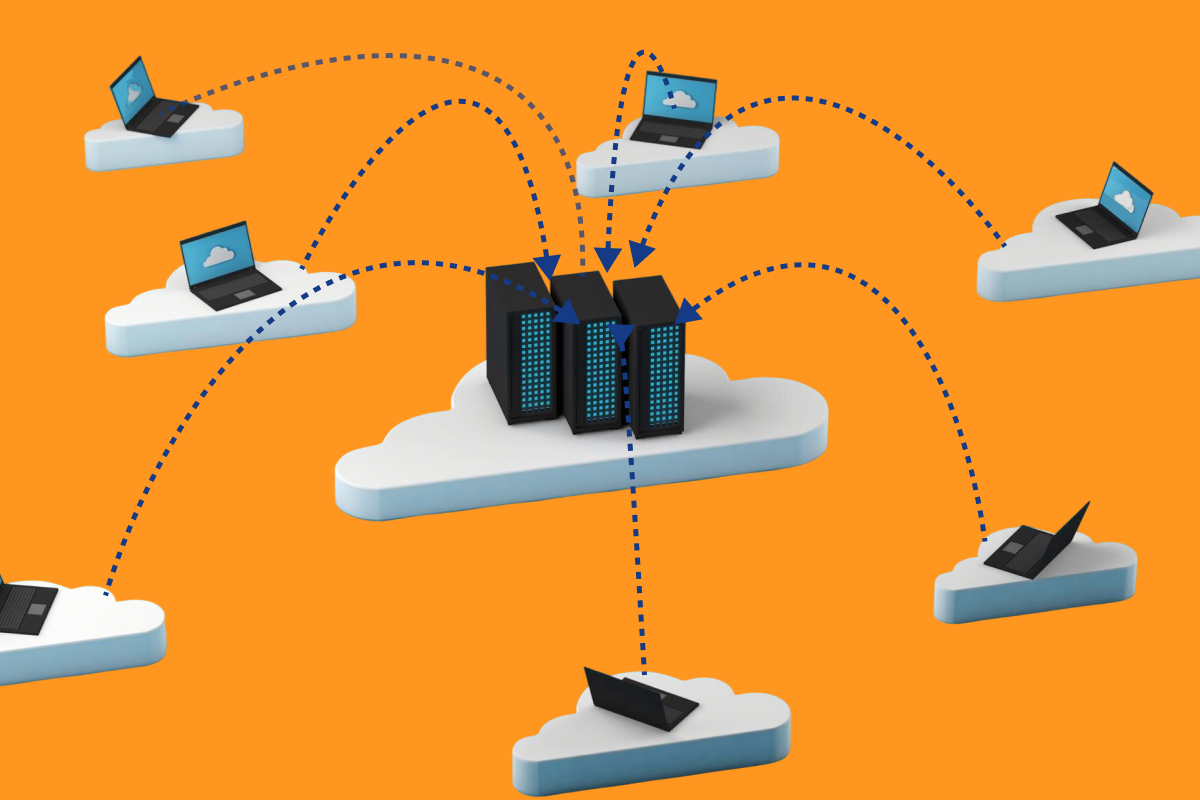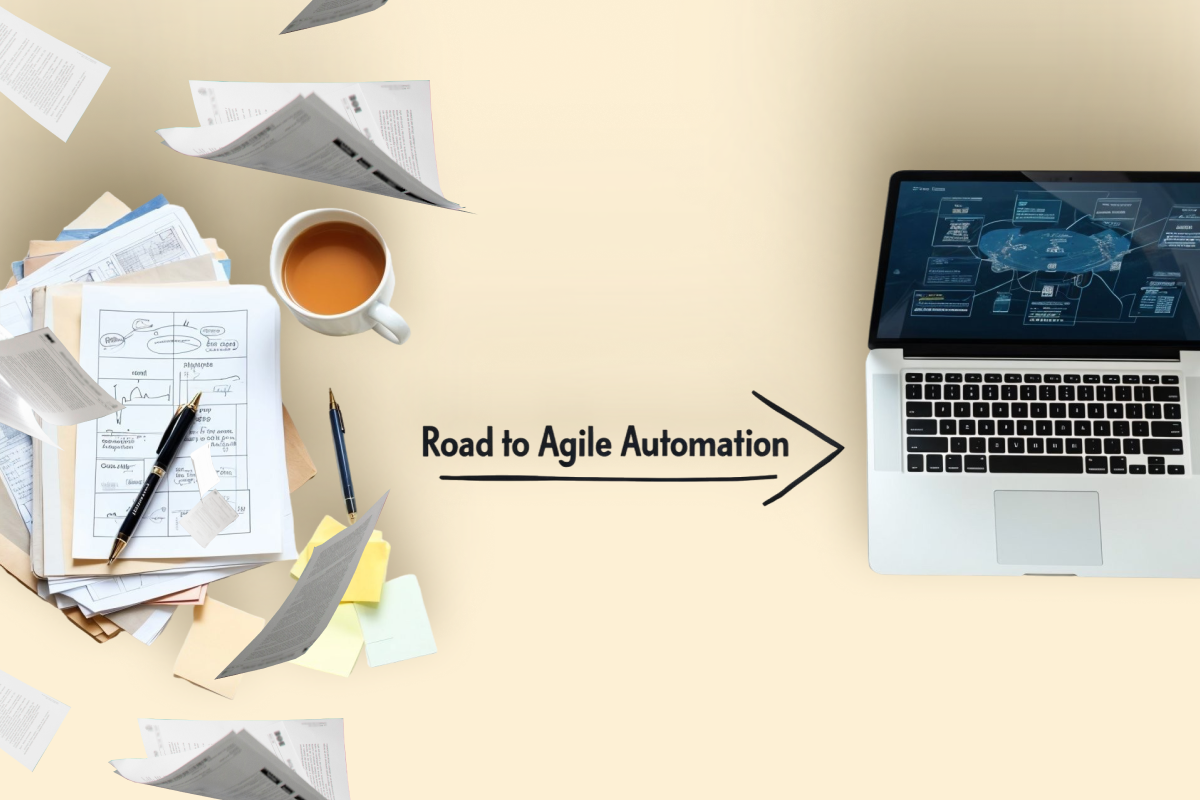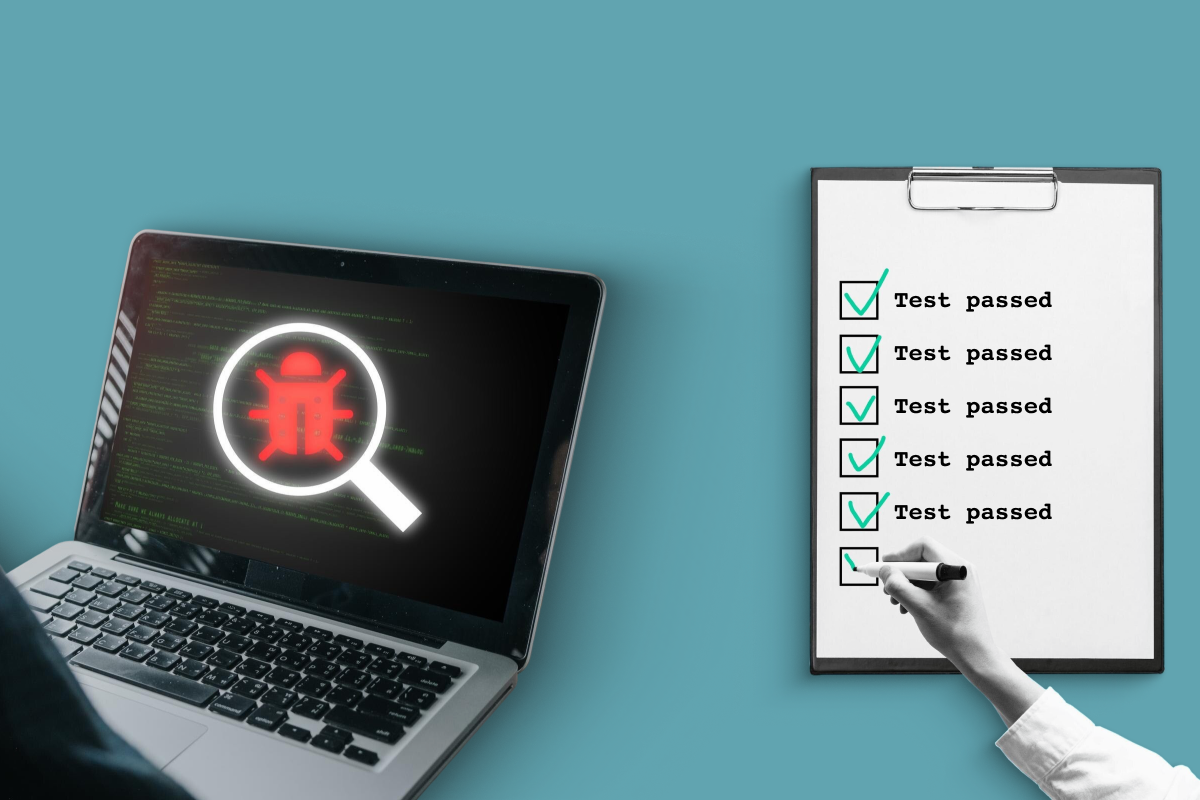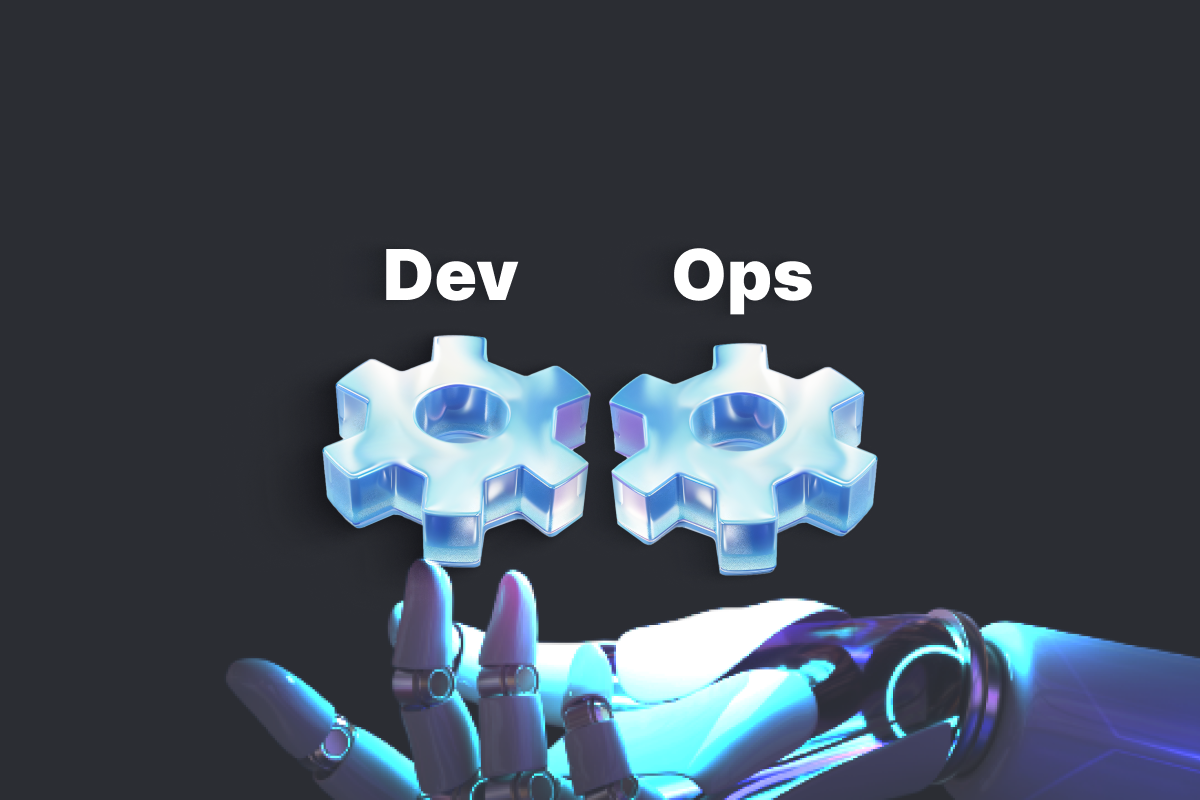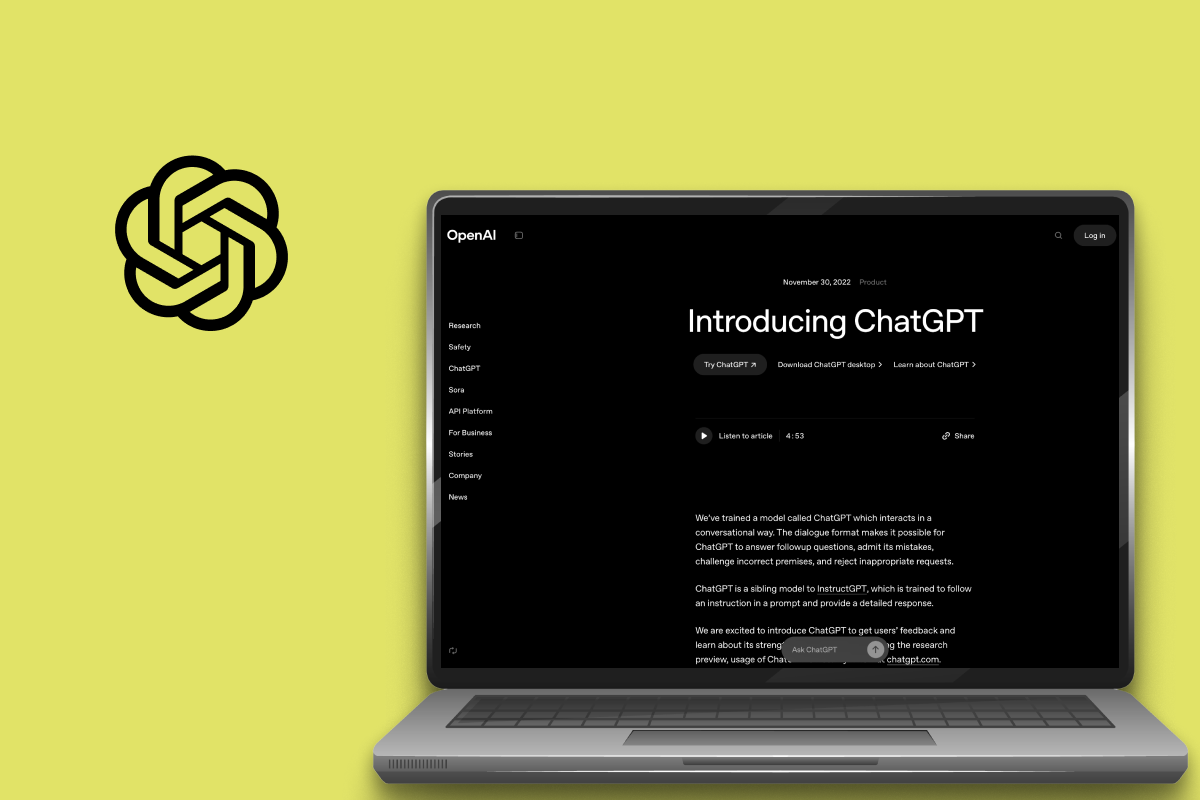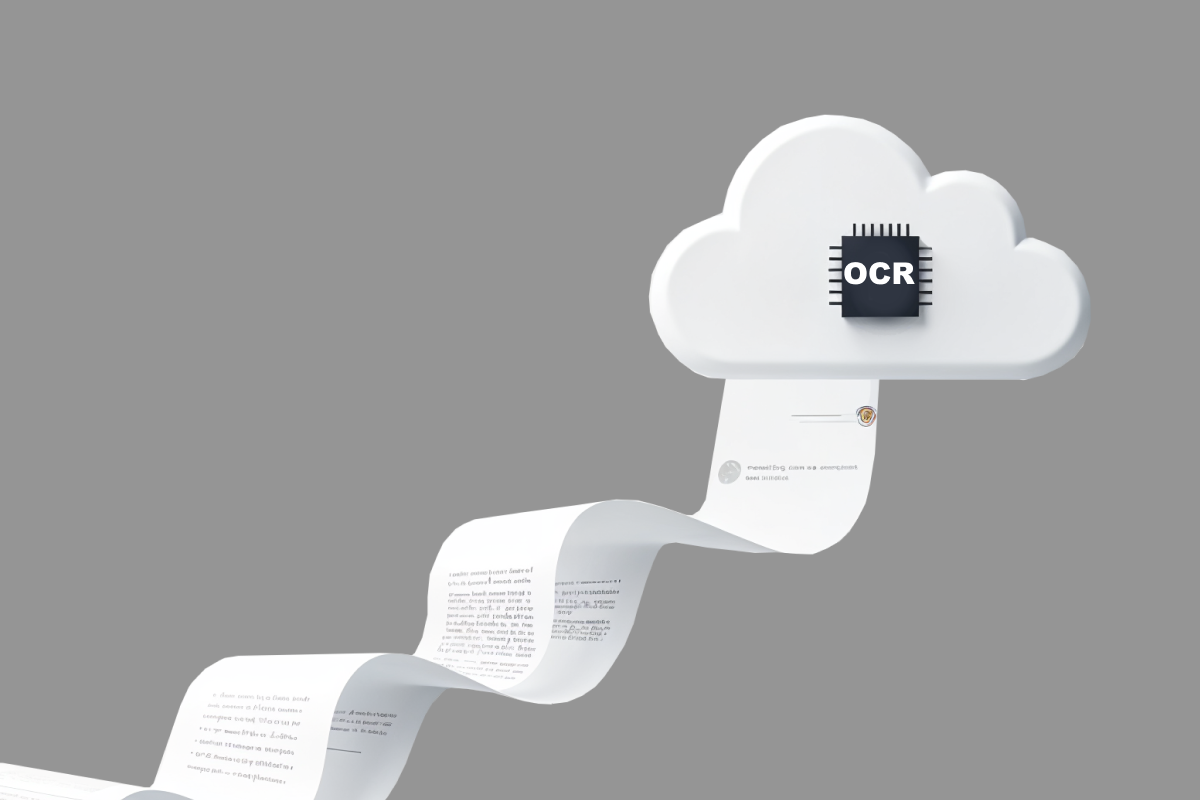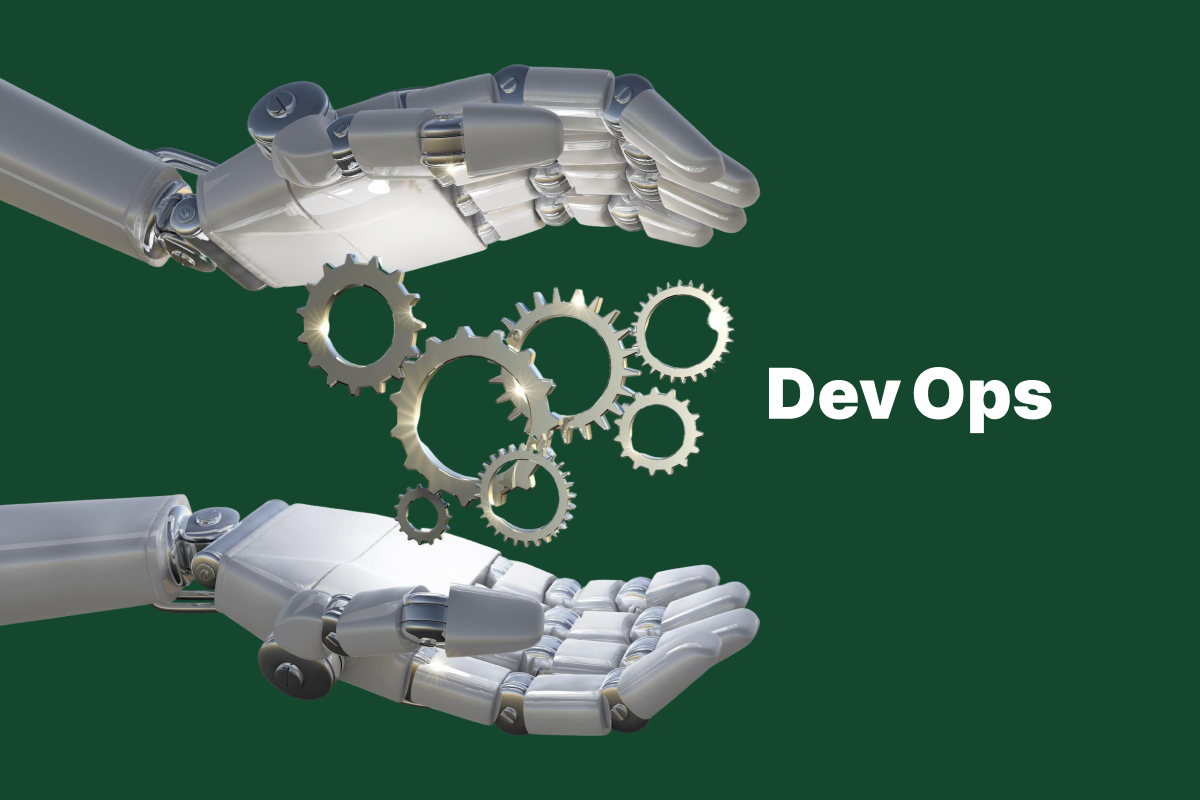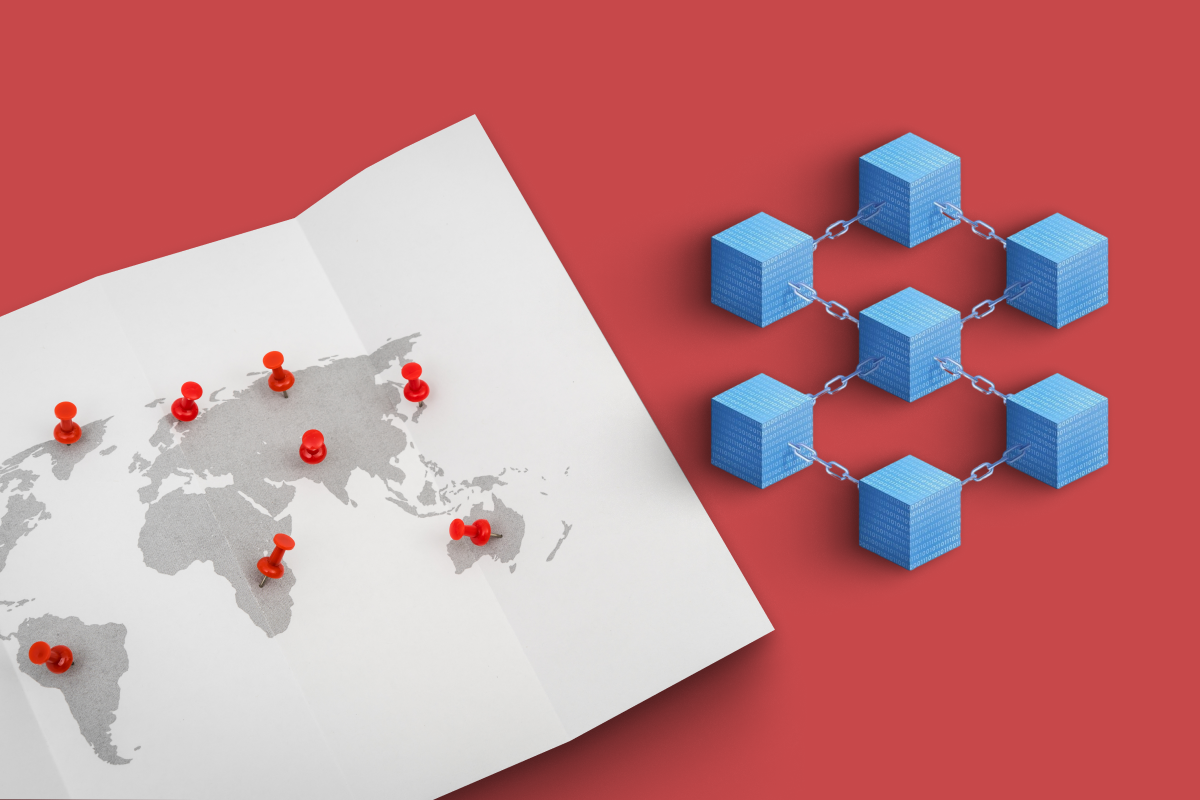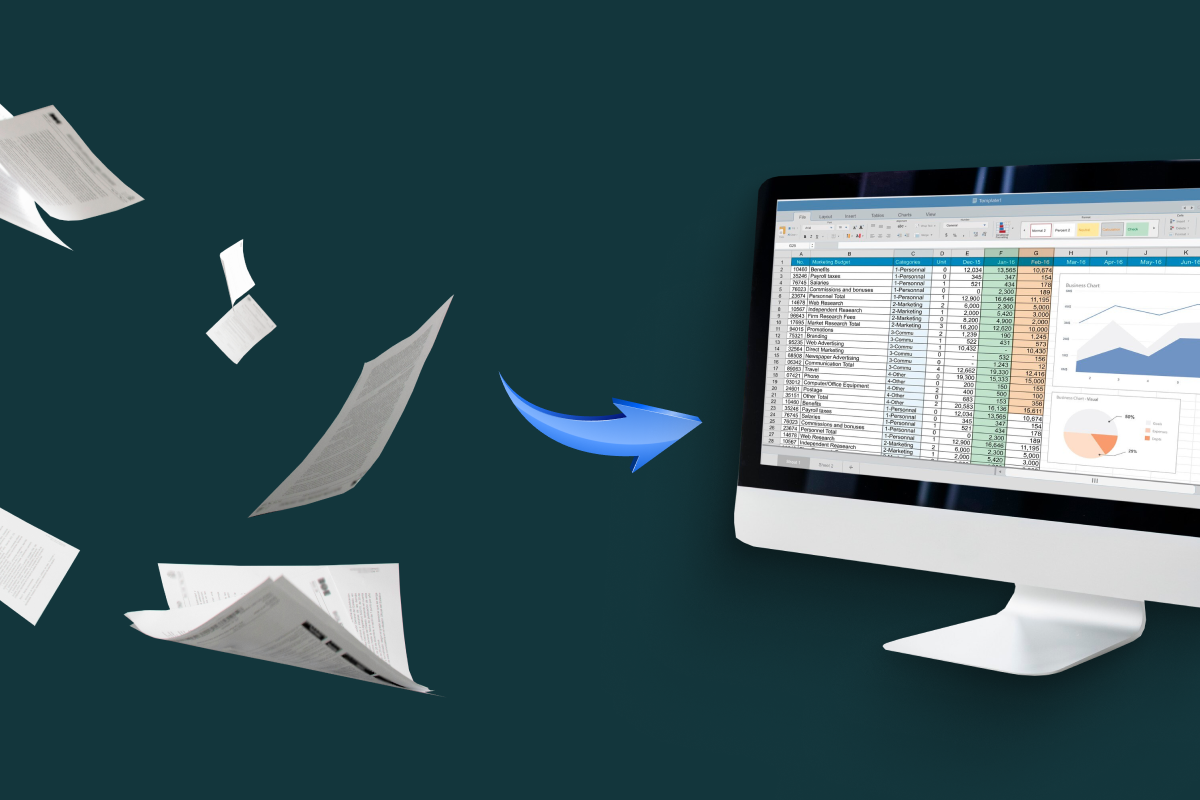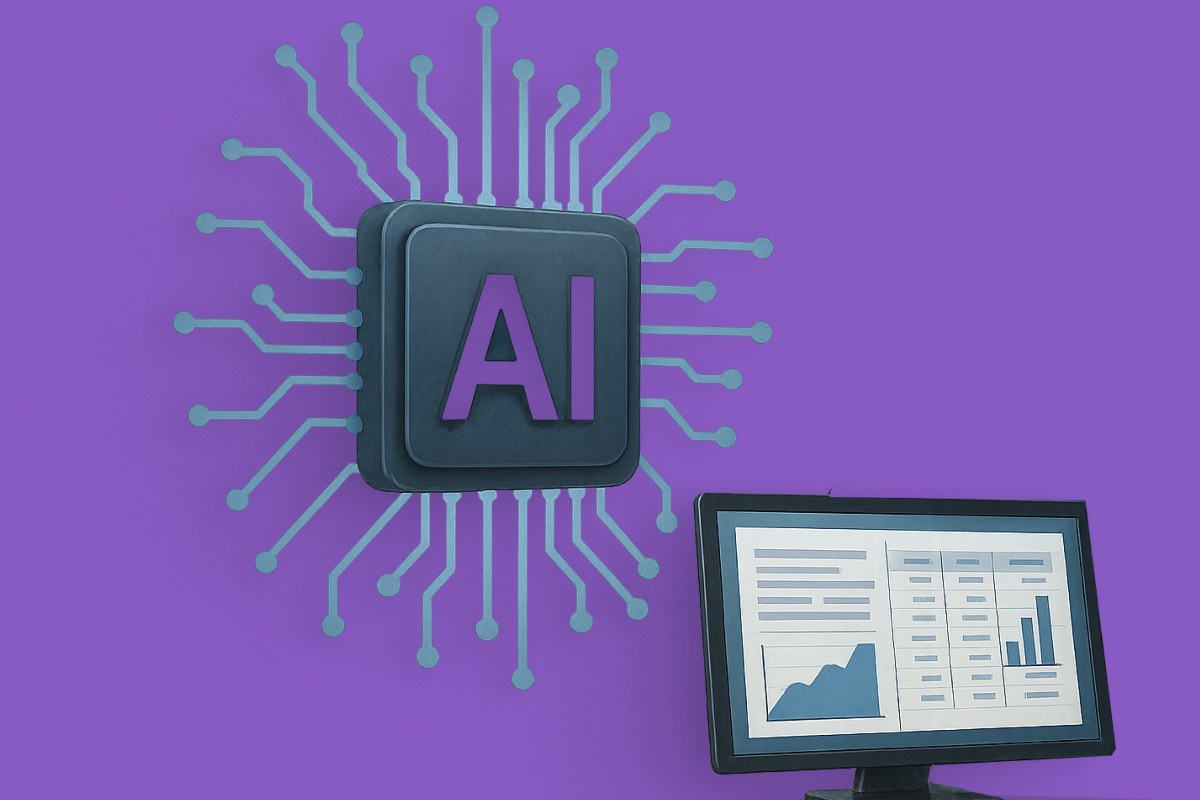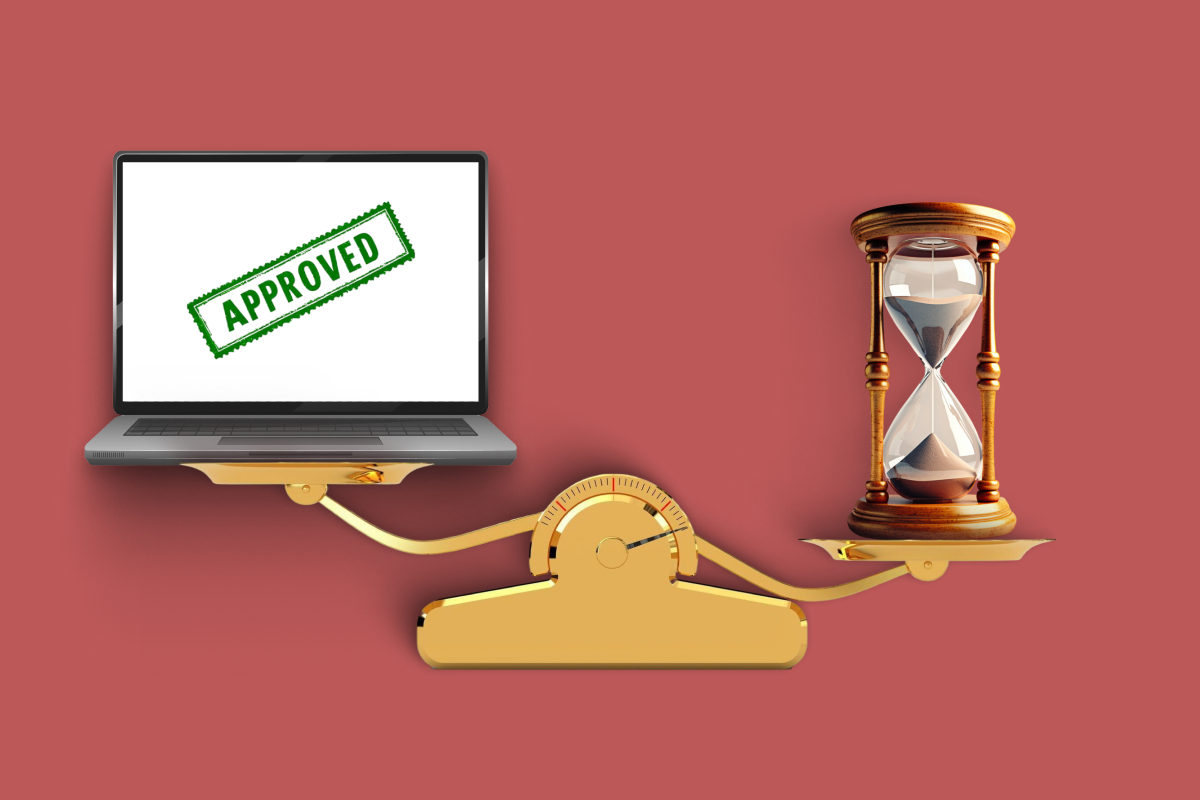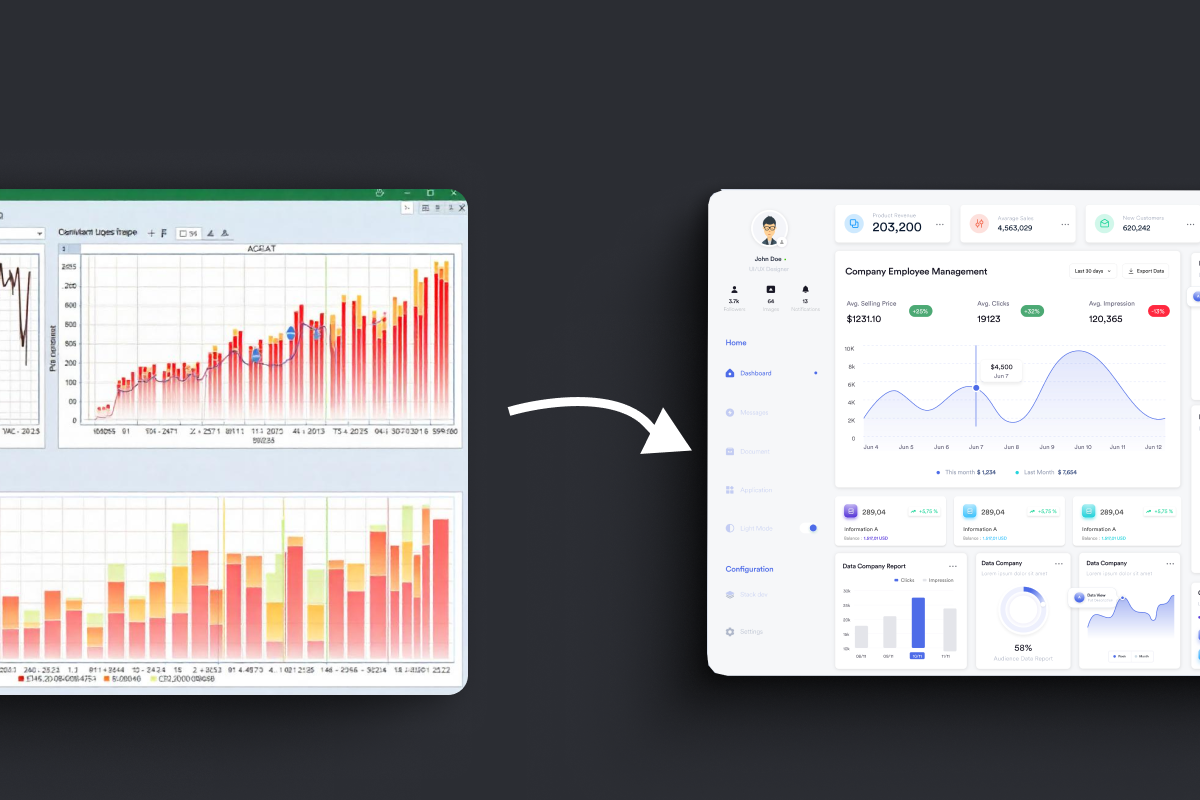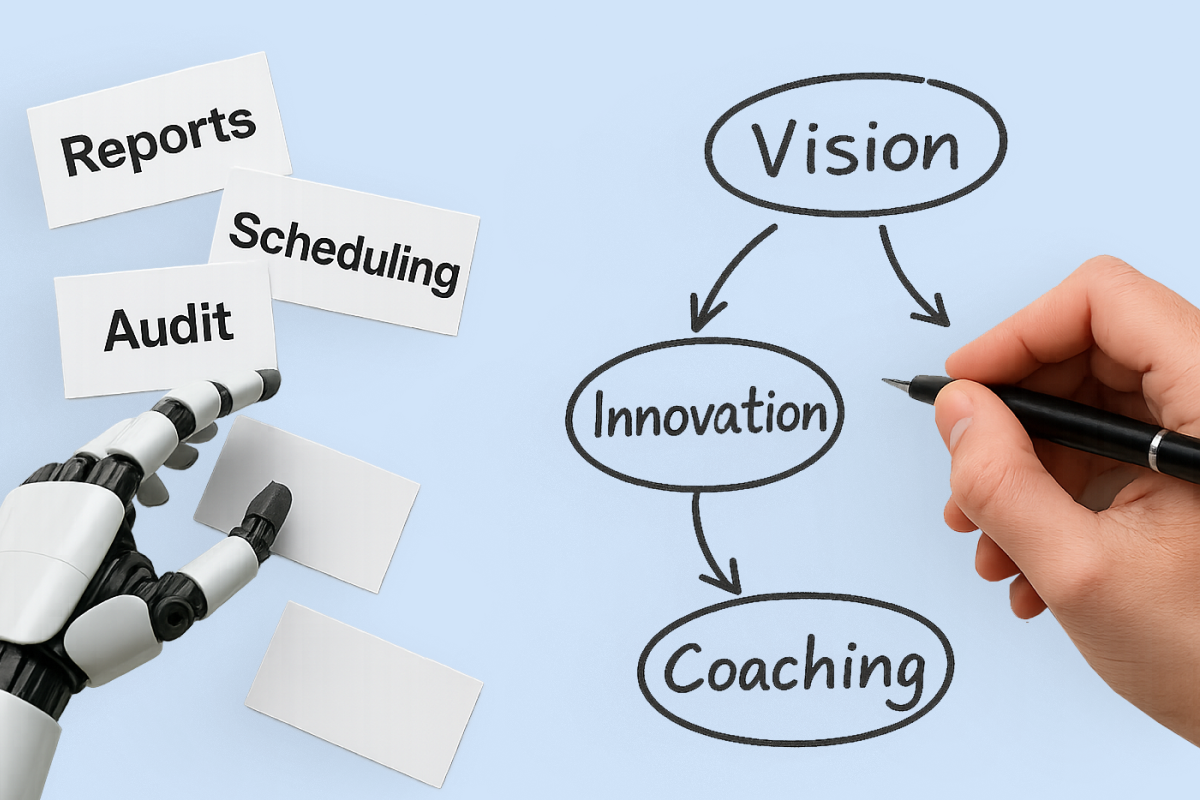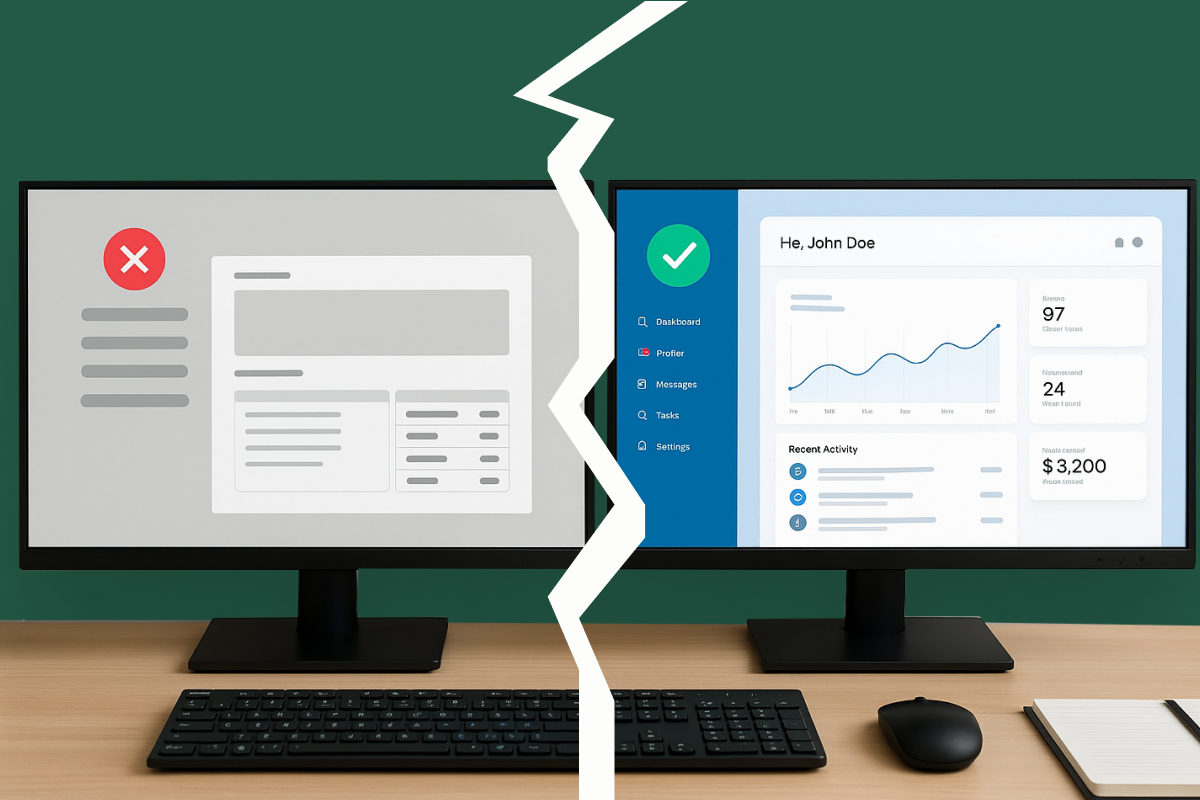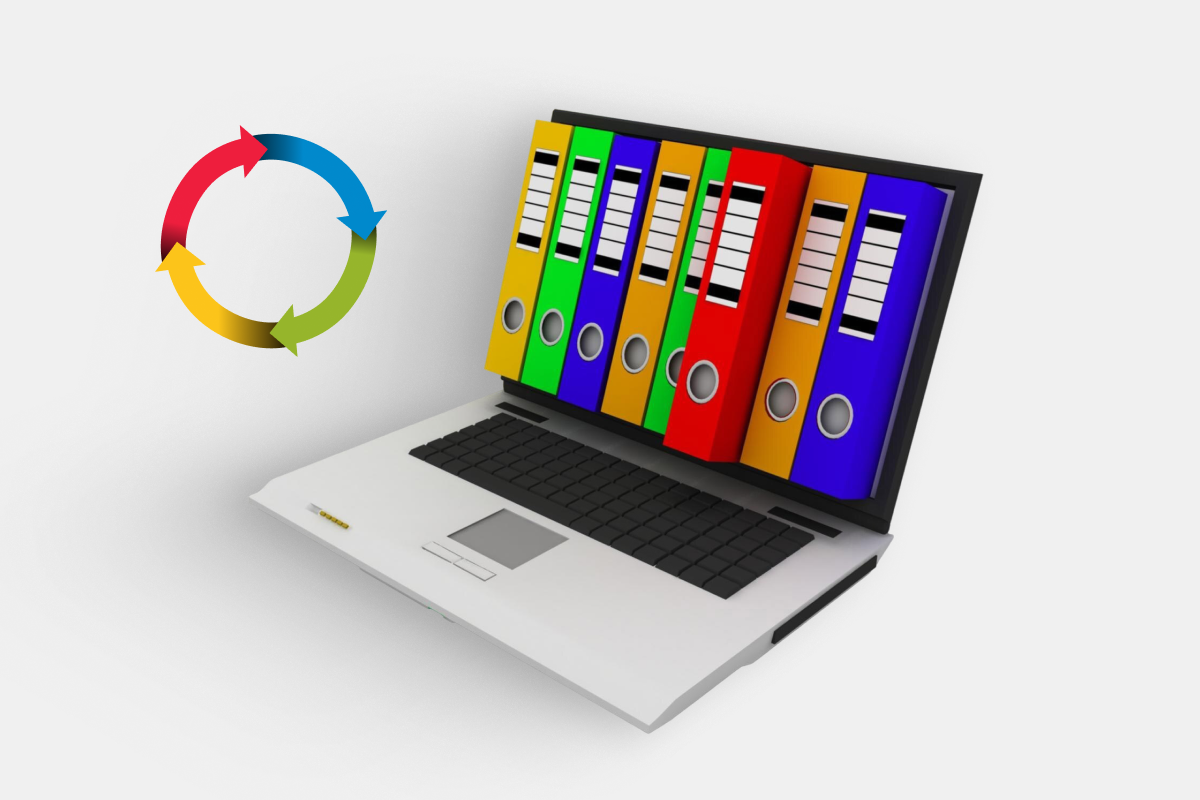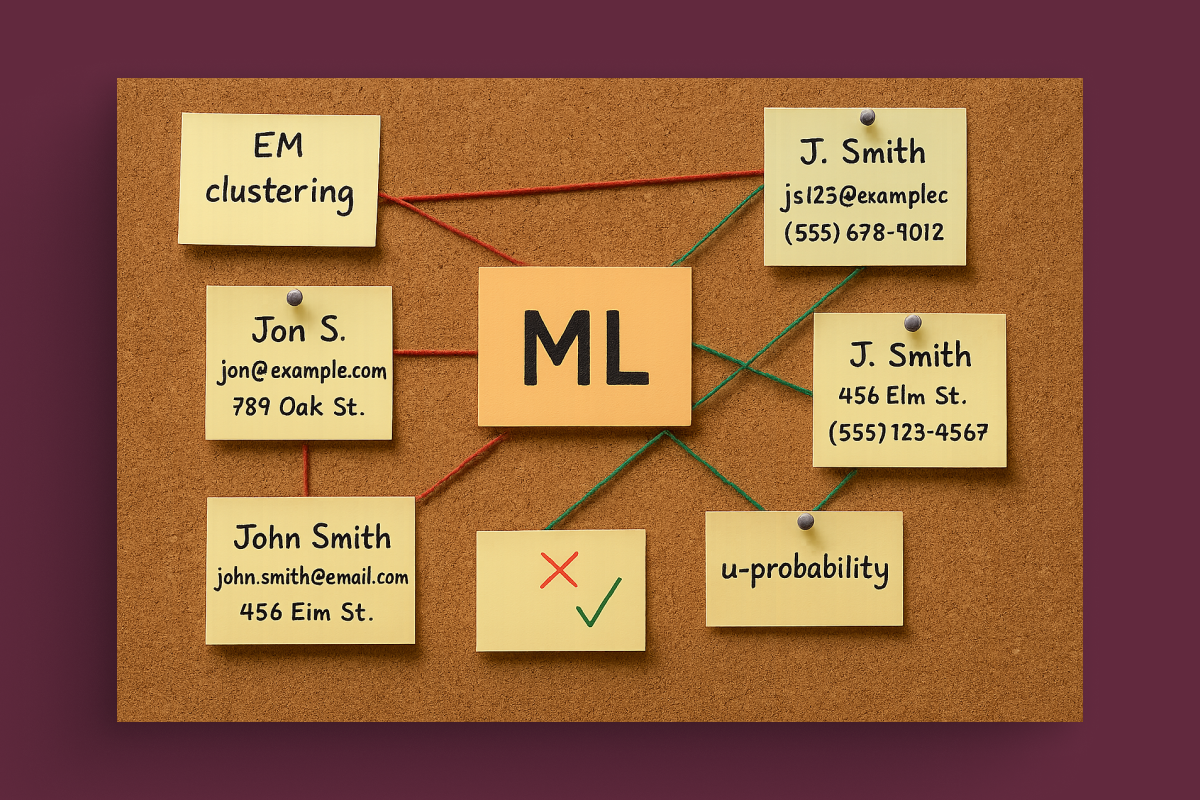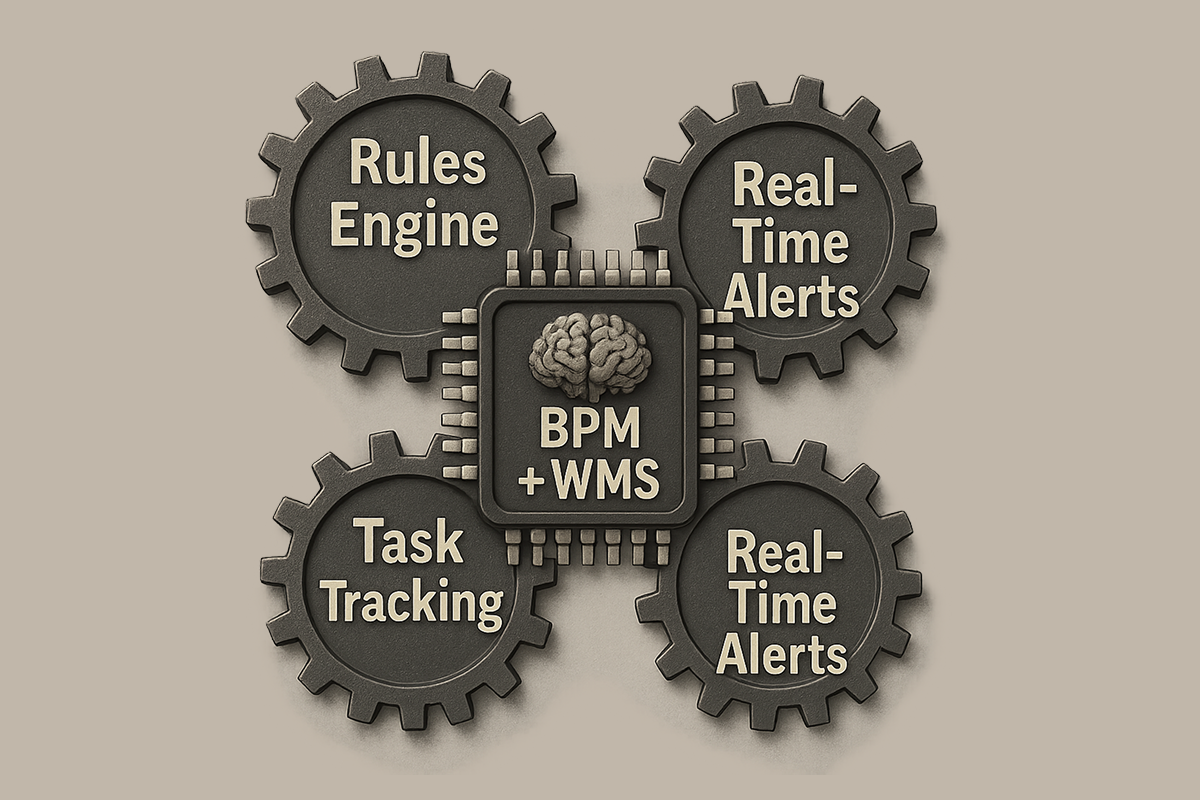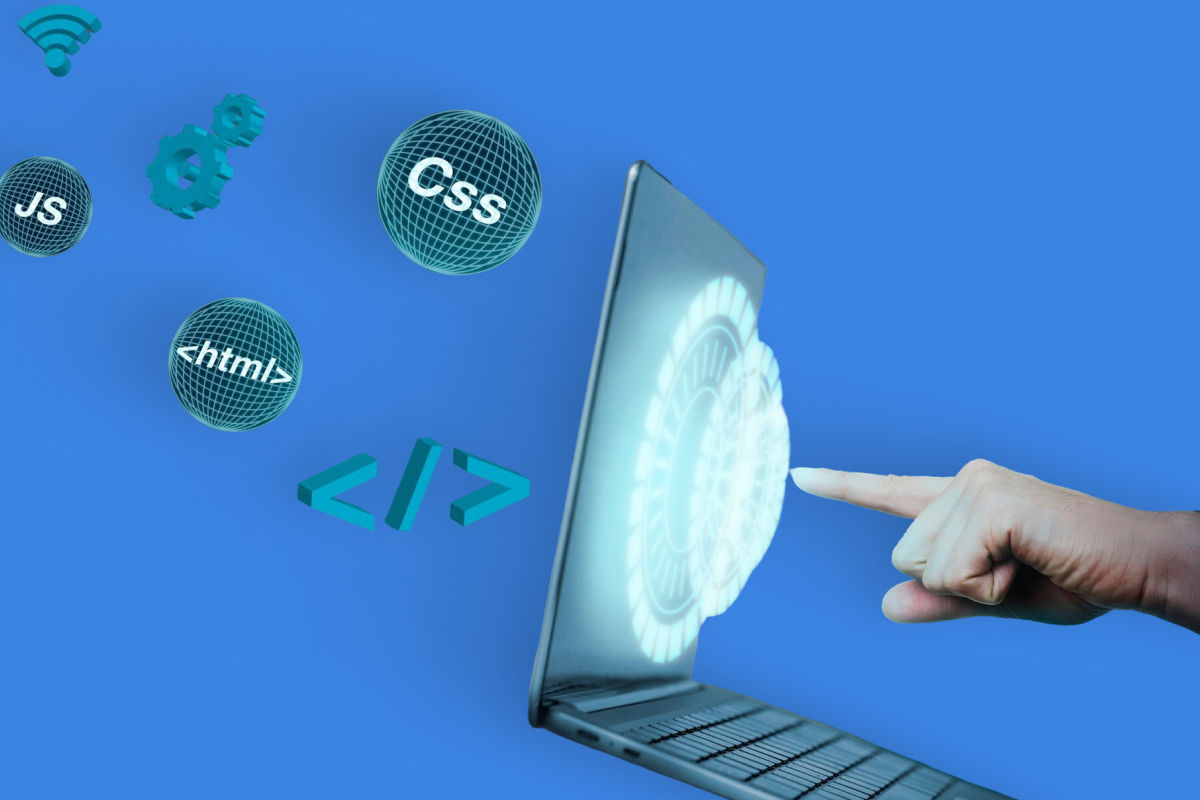Most companies do not wake up one morning and decide to run on 15-year-old code — it just happens, one urgent patch and one deferred upgrade at a time. Yet the bill eventually arrives. Gartner estimates that 75% of IT budgets are now spent just keeping the lights on, and Verizon’s 2023 Data Breach Investigations report attributes more than 80% of successful cyber-attacks to unpatched or end-of-life components.
When every extra week of delivery can decide a market, the question is no longer “Should we modernize?” but “How quickly can we do it without shutting the business down?”
A. Stay or Move? Why “Stay” Is Becoming the Expensive Option
Security exposure: IBM’s 2023 “Cost of a Data Breach” report pegs the average incident at $4.45 million, up 15% in three years. All major breaches examined had at least one unsupported library in the attack path. Boards now ask for a modernization roadmap as part of risk oversight.
Talent drain: Stripe’s Developer Census found that engineers spend 32% of their week fighting legacy code; 57% said they would switch employers to avoid it. Recruiting talent to maintain “classic” coding technologies is getting harder and costlier.
Lost revenue and agility: Forrester’s 2024 TEI study on application modernization showed a 38% drop in time-to-market.The firms that delayed the decision lost an estimated 15–20% of net-new featuresbecause their teams were busy “keeping the old beast alive.”
Infrastructure overspend: IDC calculates that lift-and-shift to cloud without refactoring saves 18% OPEX, but re-architecting into containers or serverless saves 52% — largely by eliminating idle capacity baked into monoliths. Old apps were designed for a different hardware economy.
Could there be reasons to leave the system untouched? A handful remain — stable, strictly internal tools that never change and sit safely behind firewalls. If that is not your reality, modernization is the fiscally conservative path.
B. How to Organize a Migration Without Breaking the Business
Azati has led dozens of programs that replaced code written when the iPhone was a rumor. The successful ones follow the same rhythm:
1 – Baseline and scorecard
Before touching a line of code, collect hard numbers: defect trend, change-failure rate, build times, licensing, infrastructure cost, compliance gaps. They become the yardstick for ROI later and the source of truth when stakeholders get cold feet.
2 – Slice the elephant
We rarely recommend “big-bang” rewrites. Instead we apply the Strangler-Fig approach championed by Martin Fowler: carve out one bounded domain (authentication, reporting, payment, etc.), build it on a modern stack (Java, Node.js, Python), and route just a trickle of production traffic through an API gateway. When telemetry shows parity, flip 100 % and retire the legacy module. Every slice delivers measurable value and de-risks the next.
3 – Automate everything
A rewrite that does not embed CI/CD and automated security testing is just tomorrow’s legacy delivered early. Our rule of thumb: if a new service cannot go from commit to production in under 30 minutes without human intervention, go back and tighten the pipeline.
4 – Parallel run, not freeze
Business never stops asking for features. Budget 10-15% of team capacity to keep the old system afloat while the rest move the needles forward. Communication is key: publish a joint backlog so product owners see that their requests are not ignored — they are simply being built directly in the new environment.
5 – Retirement and data migration
Nobody earns a bonus for moth-balling servers, yet this is where projects silently bleed money. We schedule the retirement of each component the same day we schedule its replacement to go live, and we automate data migration so that parallel operations last weeks, not years.
What Does Success Look Like?
After a two-year engagement with a global insurance provider, Azati helped move 14 core services from a single 2-million-line old codebase to event-driven Java micro-services. Results one year post-go-live:
- 46% reduction in infrastructure spend.
- Mean time to recovery dropped from 6 hours to 22 minutes.
- New product variant launched in 11 weeks — previous record was 29 weeks.
The Hidden Risk of Doing Nothing
Cyber insurers are starting to surcharge for unsupported software; auditors flag it for SOX and GDPR; and suppliers are shifting SLAs to exclude EOL stacks. The longer you wait, the narrower — and pricier — the runway becomes. Modernization is no longer an IT initiative; it is an existential control measure.
Ready to Move Forward?
Azati’s Legacy Modernization Practice blends business pragmatism with deep engineering skill. Whether you need a three-week assessment or a multi-year transformation, we bring proven frameworks, automation accelerators and a delivery model that keeps the lights on while we build the future.
Let’s talk about turning yesterday’s code into tomorrow’s advantage.
Fill out the form below and our architects will schedule a free, no-obligation modernization workshop tailored to your portfolio.
